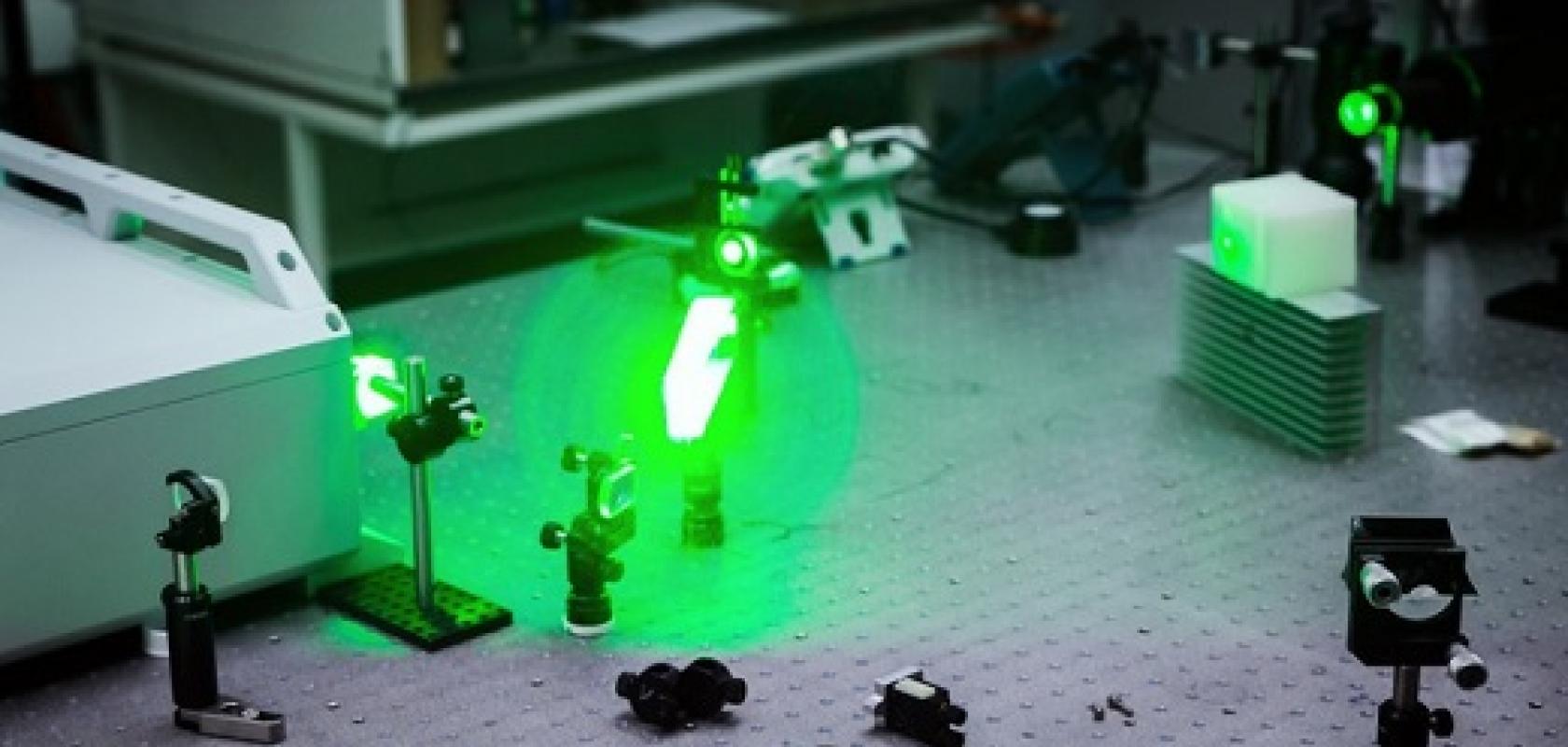Scientists at the Laser Physics Research Center of ITMO University in Saint Petersburg, Russia, have developed a high-power, ultrashort-pulse laser that can be used in a lunar laser locator to measure the distance to the Moon accurately to within a few millimetres.
Describing the laser in Optics Letters, the scientists explained that this capability will enable the precision of Russian satellite navigation systems to be improved to within 10cm.
In order to determine the position of an object, GPS and GLONASS systems are required to know the distance between several satellites accurately. Due to the large mass of the Moon affecting the trajectory of these satellites, its coordinates must therefore be taken into account when calculating their position. These can be obtained by measuring the distance to the Moon using a lunar laser locator.
A lunar locator fires a laser pulse at the corner reflectors positioned on the Moon's surface, which return the pulse in the opposite direction with minimal scattering. The locator recieves the returning pulse and uses it to calculate the Moon's position. The accuracy of such a locator depends on the laser pulse duration and the resolution of the device's receiver that detects the returning pulse.
The new laser developed by the ITMO scientists is set to increase the accuracy of a lunar laser locator in the GLONASS navigation system – a space-based satellite navigation system providing an alternative to GPS that also offers global coverage and comparable precision. The laser offers 64 picosecond pulse duration, high pulse energy and high pulse repetition rate; it also offers relatively small size and a beam divergence – which determines radiation brightness at large distances – near the theoretical limit, being several times lower than that offered by comparable systems on the market. The system will enable real-time updating of correction coefficients when calculating satellite coordinates, making Russian satellite navigation systems more accurate by reducing their error of user positioning to 10cm.
‘According to our data, it is the most powerful pulse-periodic picosecond source of laser radiation in the world,' said Andrey Mak, the head of the Laser Physics Research Center at ITMO University. 'In addition to strictly ranging applications, lasers of this class can be used for imaging orbital objects: for example, satellites or space debris.’
‘The output pulse energy of our laser is at least twice higher than that of analogues,’ added Roman Balmashnov, engineer of the Laser Physics Research Center at ITMO. ‘It is 250mJ at the green wavelength and 430mJ at the infrared wavelength. We managed to achieve high pulse repetition rate of 200Hz and energy stability, so the pulse energy does not vary from pulse to pulse.’
As reported on ITMO University News, the laser consists of a low-power generator, a regenerative preamplifier, and an output amplifier. The laser’s autofocusing system compensates for the thermal aberrations arising in active laser elements operating at a high pulse repetition rate. Such aberrations lead to a wider laser beam angle and increase its divergence. 'The main distinctive feature of our laser, perhaps, is the construction of the amplifier output stages,' said project head Alexei Kornev, a lead engineer at ITMO University’s Research Institute of Laser Physics. 'We used pumping systems based on alumina-yttrium garnet crystals doped with neodymium ions; we created a rather complex optical structure with lenses, mirrors, and vacuum cells. In addition, we developed a highly stable master oscillator of picosecond pulses based on a microchip hundreds of microns thick, pumped by a laser diode. Its radiation is later amplified 100 times in the regenerative preamplifier and about 100 times in the output amplifier.’
Image: The lunar locator laser developed at ITMO University. Credit: ITMO University News


